Apple has floundered with its marketing for the Apple Vision Pro and it may not return to form until one specific, compelling use for the headset emerges.
What's up with Apple's marketing of the Apple Vision Pro?
The theory I learned when I studied marketing as part of a computer course at college was that marketing is not advertising. With advertising, you are promoting your wares, and with marketing you are finding the best audience for your produce before only then aiming ads at them.
But there is also one more practical thing I remember, which is that you get best results by either choosing what was called a rifle-shot approach, or a spray-and-pray one. Apple has chosen neither for the Apple Vision Pro.
With rifle shot, you are aiming at really specific audience that you know likes the kind of thing you're making. Nike targets runners with its shoes, for instance.
Whereas with spray-and-pray, you throw everything you can think of, you throw it at anyone passing by, and you hope that something sticks. Or that enough of it sticks to enough people that you manage to sell enough.
Apple can't do spray-and-pray because Apple Vision Pro is so expensive that it's got a self-limited audience. Before that audience even considers whether there is a value to them in buying the headset, that audience has to be one that can afford $3,499 or more.
But Apple also can't do rifle shot, or at least not very well, because there is no one defined audience for Apple Vision Pro. Today the Apple Watch is really specifically marketed on its health benefits, for instance.
The iPhone isn't so specifically marketed, but then the iPhone has had 17 years on sale so its audience is practically self-selecting. If you need a smartphone today, you have at least already heard of the iPhone.
What Apple has done with the Apple Vision Pro
Perhaps the main use, the killer app, for the Apple Vision Pro will emerge as people get their hands on it. That is what happened with the Apple Watch, but still Apple had a plan when they launched the Watch in 2015.
Apple aimed it at least in strong part to the fashion market. It had the gold version, it was selling the Watch in fashionable stores in Paris, it was doing more but fashion was a clear and distinct aim.
Arguably it was the wrong aim, and the Apple Watch only took off after the health benefits became dominant and Apple's marketing could focus on that.
But in the case of the Apple Vision Pro, Apple is not even aiming at a wrong market. It's doing a half-hearted spray-and-pray, and even then is doing it in a peculiar way.
Apple Vision Pro advertising
The obvious thing that marketing is supposed to do is get sales. But it does more than that, and when done well, it positions a product for success both now and in the future.
Marketing's real job is to get us to consider a product — and not then reject it.
It's like the way a resume is meant to get you a job interview. It is not supposed to give companies enough information that they can decide not to bother with you.
The resume gets you through the door and then it's up to you. Marketing gets the Apple Vision Pro, or any product, into our heads and then it's up to the device to demonstrate its value.
Apple has done five things to publicize the Apple Vision Pro. First, it launched it at WWDC 2023, which apart from the iPhone releases, is when the most attention is focused on Apple.
That one was at least in the ball park, you could see other firms scrambling to do anything to stop buyers equating Apple with headsets. Meta "accidentally" leaked its AR headset four-year plan just before that WWDC, for instance.
Plus Apple did release a typically well-made video at the time, a nine-minute introduction to Apple Vision Pro. That was arguably the first really public unveiling, but Apple didn't push it, and didn't produce any TV spots for it.
Instead, Apple spent the next many months very carefully showing selected journalists and other influencers a well-made, well-thought-out and well-executed in-person demonstration of the headset. It's telling that AppleInsider, which arranged use of the Apple Vision Pro without Apple's marketing people, had a more negative hands-on feature than others did.
That business of in-person demonstrations continued over several months, up to and beyond the day that Apple announced a date for pre-orders. Apple announced that on January 8, 2024, the first day of the Consumer Electronics Show that it never attends — but which it knew it would make an impact at with this announcement.
Apple chose a key time when early adopters, existing headset users, and technology fans, would be looking for news. It also did it when announcing this product would get included in every CES news story, when it would also drown out some of the devices actually being launched there.
Finally, Apple goes public
Then the day after its CES-attention-grabbing announcement, Apple finally made its pitch to the audience who doesn't follow technology. It ran a 30-second ad called "Get Ready."
It's a smartly made ad, and as well as trying to just catch the eye of new people, it gave something back to existing users too. The ad consists of a slew of clips from famous films, quietly mimicking the similar ad Apple did for the original iPhone.
If you remembered the iPhone add, it was a nice touch. But if you didn't, it didn't matter — the ad worked regardless.
It worked in the sense that it got people talking, and it got the name "Vision Pro" in front of them. Not that it's a name that conveys anything, unlike iPhone or Apple Watch.
What the ad didn't do was tell anyone anything at all about what Apple Vision Pro does. Just as the 2007 iPhone ad ended with a ringing iPhone being answered, so this showed a woman putting on the headset and seeing the Apple Vision Pro home screen.
It is clear that it's a home screen, it is clear that the screen includes apps, it is not remotely addressed what you might do with them — or how.
Strange timing
Apple has now released a new guided tour video that is again well made, though, and it shows some details of the Apple Vision Pro for the very first time.
But Apple only released that video on pre-order day. If you didn't know about the headset until you caught that promo video, by the time you'd watched to the end, the Apple Vision Pro was already sold out.
That's not a well-timed marketing campaign. Unless, that is, Apple actually wanted to capitalize on what attention it was getting for pre-orders, and start to put Apple Vision Pro in the minds of people who'll buy later.
Maybe we'll look back at this launch and see it as a well-played long game. And showing that guided tour video to people who knew nothing of the headset did leave them impressed.
But it also left them asking questions to which the only answer was "we don't know yet."
This is not like the iPhone where everyone already gets what it basically does and just wants to know how it does it. You could leave the iPhone audience wanting more because you'd shown them a compelling taste of what it did and in such a way that you knew you'd use it.
So far Apple's Apple Vision Pro marketing has tried to do the same, and the problem is that few people already get what a headset can do. Those who do know are people who are already interesting, perhaps already invested — and possibly the only people who pre-ordered Apple's version.
In other words, Apple has marketed the Apple Vision Pro to the people who they didn't need to market it to. They are the existing audience who, despite years of headsets, are still effectively early adopters and actively looking for better devices.
What Apple hasn't done is market anyone else — Apple Vision Pro is not being marketed as the headset for the rest of us.
Given that Apple may only have made a few units, compared to the iPhone, maybe that's intentional, despite the more public-facing guided tour video.
Even among the technical audience that is looking for what Apple will do in this space, though, Apple's marketing hasn't really told them.
Apple Vision Pro can be used for so many things that it's not possible yet to figure out which one is going to dominate. And arguably it doesn't do any of them well enough that it can make one of them dominate.
Until Apple Vision Pro is spectacular at one thing, or until Apple Vision Pro buyers gravitate toward one use, Apple's usually exceptional marketing teams are floundering.
 William Gallagher
William Gallagher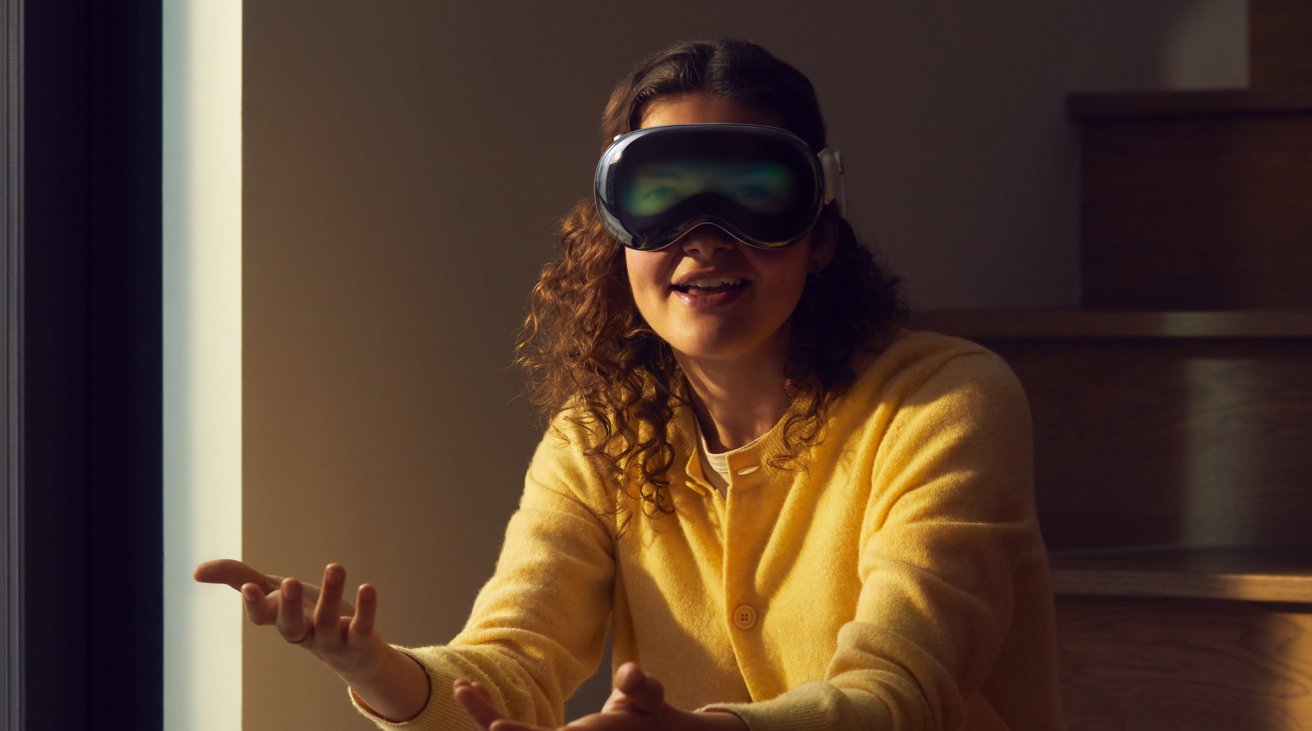







-m.jpg)






 Malcolm Owen
Malcolm Owen
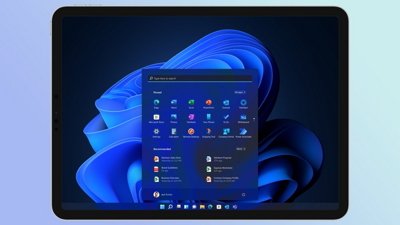
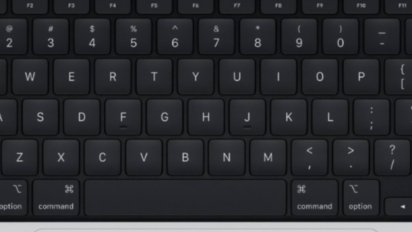
 Wesley Hilliard
Wesley Hilliard
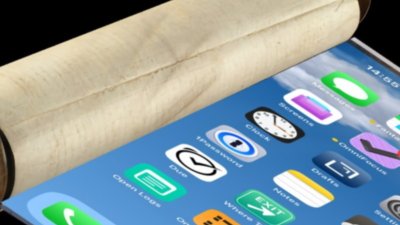

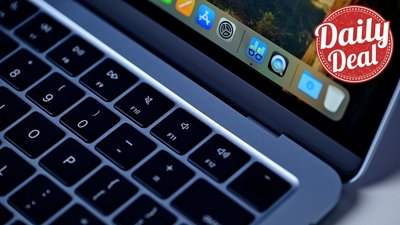
 Christine McKee
Christine McKee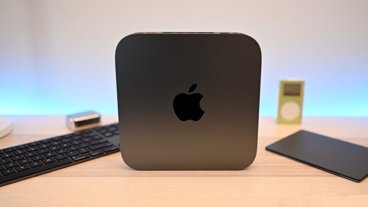
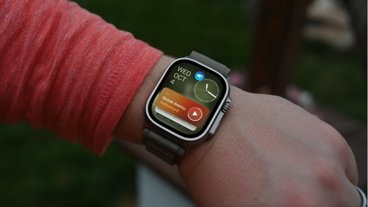
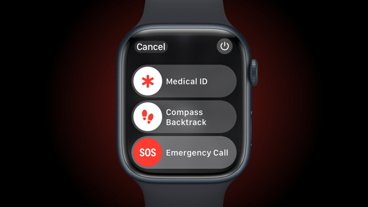


-m.jpg)




61 Comments
Meta tried forcing their employees to use the Metaverse and it's not there. It's not time. Give it ten years and there might be a demand for this.
I honestly think Apple wanted to float this idea and they have enough money to let it bomb and not worry about backlash. It's only affordable to people who have disposable income and want to flaunt being an Apple fan. This serves no purpose at the moment.
Could be wrong because if anything the OG Apple Watch and the first two or three versions of WatchOS were bad enough that the watch wound up being pointless.
On Marques Brownlee’s show they were speculating if the high price is actually intended to keep people from buying it.
I hear a lot of people say "give it 5-10 years". But Apple has never liked to play in the niche product category especially under Tim Apple. The AirPort was awesome and people loved it. It probably cost Apple almost nothing in R&D and manufacturing costs but they canned it anyways.
Do you think Apple will keep this thing around for 5-10 years as a niche product when it costs them, not just massive amounts of cash in R&D, but also in human resources and manufacturing?
I would wager if this thing really doesn't take off in the next few years Apple will drop the product. Cook might be willing to hang on a bit longer since this is his first really big product launch since the Apple Watch but I could see the Vision Pro cancelled after 1-2 generations.
It's interesting how they have changed marketing from Spatial Computing to a media consumption device. It makes sense if you watched the Vision Pro demo that just dropped on YouTube. They spend all of 3 seconds talking about productivity. He literally just opens an email...doesn't even respond.
I thought for sure they would launch this with a AAA game. Gamers are great advocates for this technology. Getting them to adopt this brings in new developers and bridges the gap for the average consumer. But it is only launching with some movies.
I really just don't understand the point of this device and the price point only makes things worse. Why would I spend $3500 to watch movies in VR when I can spend $800-1000 for basically the same experience on any other VR headset? Even the Oculus has a Netflix app.
Meta has been trying for the better part of a decade to convince people VR/AR is the future. They have yet to deliver any viable use case outside of gaming and some niche commercial markets. I was hoping Apple would show us a truly compelling reason to buy their 'Vision'.
Marketing is much broader than just advertising which is just one part of it.